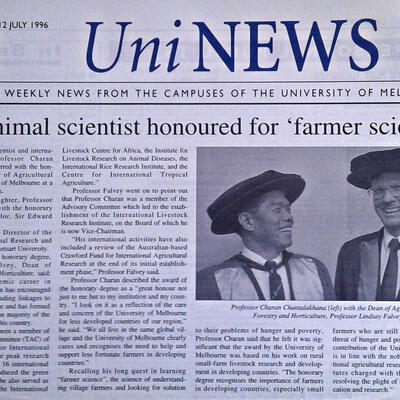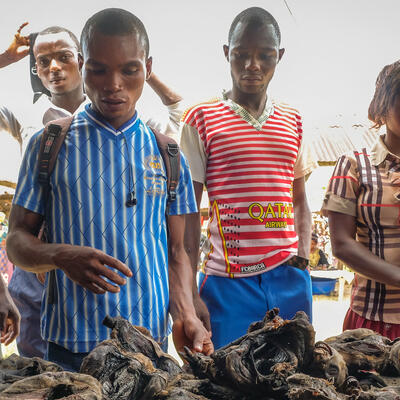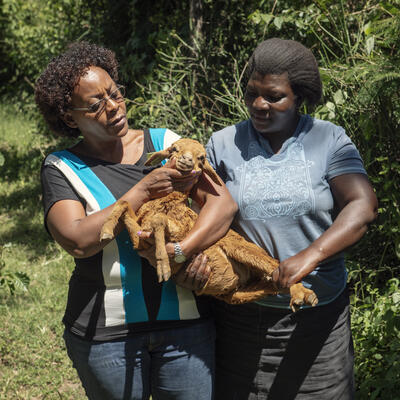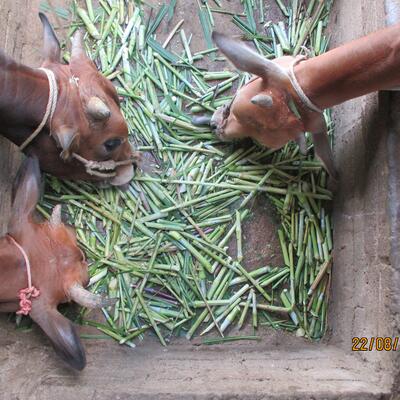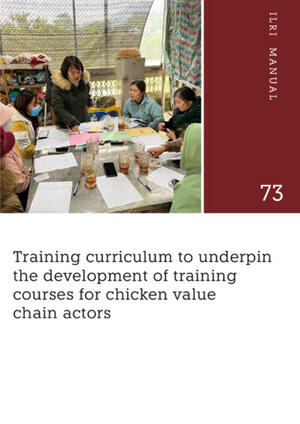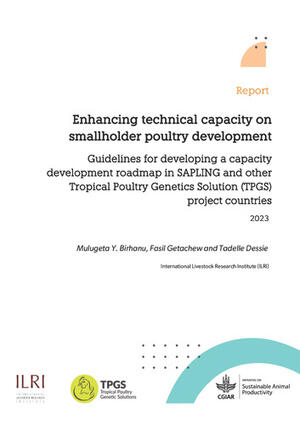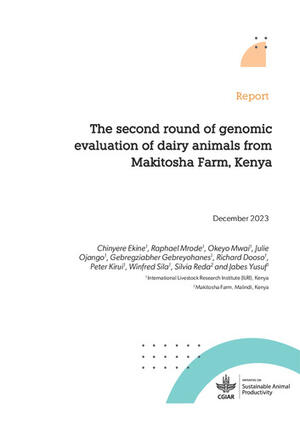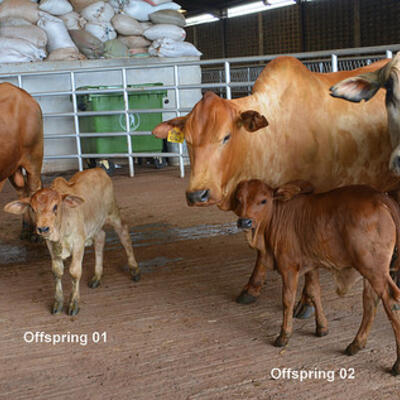
Diversity is key to innovation and resilience, but in the right measure — Koen Vanmechelen
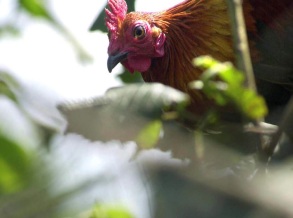 Too much diversity leads to ineffectiveness and too little stifles innovation. Such a sentiment has been one of the driving forces behind Belgian artist, philosopher and chicken breeder, Koen Vanmechelen.
Too much diversity leads to ineffectiveness and too little stifles innovation. Such a sentiment has been one of the driving forces behind Belgian artist, philosopher and chicken breeder, Koen Vanmechelen.
Too much inbreeding eventually inhibits the animal’s ability to adapt. But this is not just a message about chickens, it reaches deep into the human condition. Vanmechelen explained his view of the importance to diversity in a talk on the Addis Ababa campus of the International Livestock Research Institute (ILRI) on 28 October 2016.
Vanmechelen began breeding chickens and artist work in this area in the late 1990s, with the establishment of the Cosmopolitan Chicken Project (CCP), seeking to make a hybrid of all chicken breeds. The project, now in its 19th generation, has cross-bred chickens from 20 countries around the world. The outcome, they live longer and are more resilient to diseases. For Vanmechelen, CCP is a commentary about diversity, complexity and immunity.
The breeding of a perfectly ‘cosmopolitan’ chicken, carrying the genetic material of all possible races, is a metaphor for multicultural societies. According to Vanmechelen, humanity will only be able to thrive and stay healthy in a situation of maximized diversity. This notion is reflected by the results of the repeated cross-breeding of chicken breeds which had previously only been inbred: the offspring of the CCP have longer lifespans and higher fertility rates than the average domesticated chicken, as well as a more effective immune system, making them less liable to be stricken by disease.
During his week-long visit to the country, scientists from the ILRI-led, and Bill & Melinda Gates Foundation-funded, African Chicken Genetic Gain (ACGG) program discussed the possibility of introducing the cosmo hen into Ethiopia, taking the best of the chickens from ACGG and crossing them with Vanmechelen’s best rooster.
But CCP is more than a search for the perfect chicken. There is something special for Vanmechelen in the chicken, telling us something about ourselves. Chickens, originally, came from area of the Himalayan mountains bordering human settlements and the jungle: they are border animals.
‘Did the chicken come to us or did we go to the chicken? Who domesticated who? They help us understand our place in the world. We do not rule nature, we are part of it. Animals living on the border are those which solicit humans to connect’.
But art cannot remain in museums and science in academic journals. They need to jump off the pages they are written on. And Vanmechelen’s work certainly does that. When you bring the subject of the search for the perfect chicken into a museum, you spark off conversations about multiculturalism and globalization, the artist said.
‘Twenty years later when Koen brings these chickens to a museum it sparks off debate on multiculturalism, globalization… It is a reflection of mankind, a reflection of what we need to do to survive.’
And they are debates we need to have, he underlined.
‘Are we allowed to play with chickens? For consumption, for culture… Is it right to think of a living object in this way? But if we block diversity, we block evolution. But we must always find a balance. Going over the top could have devastating effects’ he stressed.
Vanmechelen latest project, Planetary Community Chicken, epitomizes his desire to spark debate around what he is doing, but also to give back to the communities of the world.
After 25 years of cross-breeding in CCP, he has a unique database of chicken DNA and a strong, fertile chicken. Together with different partners, the project is crossing the cosmopolitan chicken with an industrial laying hen to make robust, ecological chickens for communities in Detroit, Harare and Siberia. Not only do the meat and eggs serve communities, if you put a chicken in a museum it generates discussion, and this thinking goes back to the farm.
ACGG is bringing more productive chickens to Ethiopian farmers, but a time will come when these chickens need more diversity or productivity will fall and we need to prepare for that, said Olivier Hanotte, a geneticist at ILRI. So ACGG is exploring the possibility of taking the best of hens introduced into Ethiopia and crossing them with the best of the cosmopolitan chicken. The desired outcome would be a highly productive and resilient Ethiopian chicken adapted to the needs of the country’s breeders and smallholder farmers.





